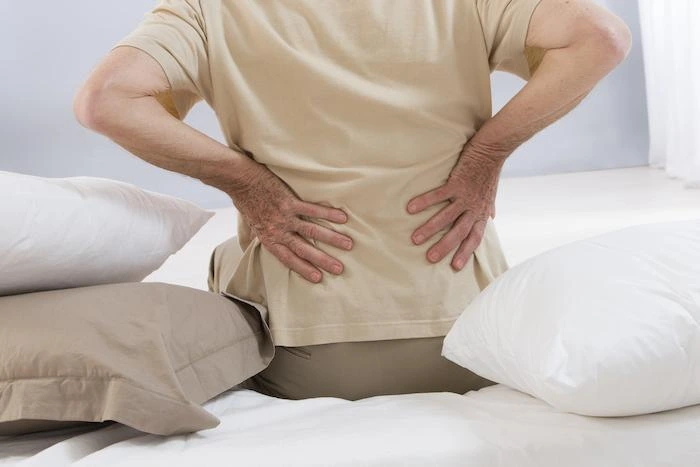Joints are complex areas of your body in which bones are held together in a way that allows support, stability, and movement. Often overlooked in this endeavor are tiny fluid-filled sacs called bursae, which provide padding and protection within the joint. Most of the time, these sacs work silently, but when inflammation in the form of bursitis strikes, it can cause discomfort in your affected joint.
For relief from bursitis, Dr. Anjum Bux and our team here at Bux Pain Management can help. Depending upon the location and severity of your bursitis, we develop treatment plans that restore pain-free movement to your joint.
Here’s how.
How bursitis happens
As we mentioned, your bursa sacs are quite small — of the 140 bursae in your body, the biggest are located in your kneecaps and they measure only three centimeters thick (about the height of two stacked pennies).
The sacs themselves are composed of a thin synovial membrane that houses synovial fluid, which helps provide padding and cushioning between the hard and soft tissues inside your joints and elsewhere in your body.
If the membrane of a bursa sac becomes irritated, the sac produces more synovial fluid to protect itself, which often leads to swelling.
There are many ways in which a bursa sac can become irritated, including:
- Repetitive stresses on a certain area of your joint
- Arthritis in your joints
- A change in mechanics of your joint (after a surgery, for example)
- Pre-existing conditions, such as diabetes and thyroid disease
When bursitis sets in, the ensuing inflammation can cause a good deal of discomfort, especially if your bursitis affects a joint that you use quite a lot, such as those in your hips, shoulders, elbows, knees, or feet.
Your treatment options for bursitis
Bursitis isn’t necessarily a worrisome condition, but it can be very uncomfortable and you want relief. In most cases, we prefer to start out conservatively with:
- Rest
- Icing
- Elevation (if possible)
- Over-the-counter medications for pain and swelling, such as ibuprofen
- Bracing or padding
If these measures prove ineffective, you may benefit from joint injections. For bursitis, we administer a corticosteroid injection that contains both a local anesthetic and a steroid to tackle the inflammation.
Joint injections of these types are incredibly effective and usually take a day or two to take effect. We administer the injections here in our offices, and you can apply some ice to the area at home afterward to minimize injection-related swelling and discomfort.
In some cases, you may need to continue these injections every once in a while (the rate at which the injection wears off differs greatly from one patient to the next) to keep the inflammation in your bursa sac down. This is especially true of bursitis in areas that you’re not able to rest properly, such as in your feet, knees, hips, and shoulders.
If you want to put an end to the discomfort of bursitis, please contact one of our locations in Lexington, Cynthiana, or Danville, Kentucky, to make an appointment.







